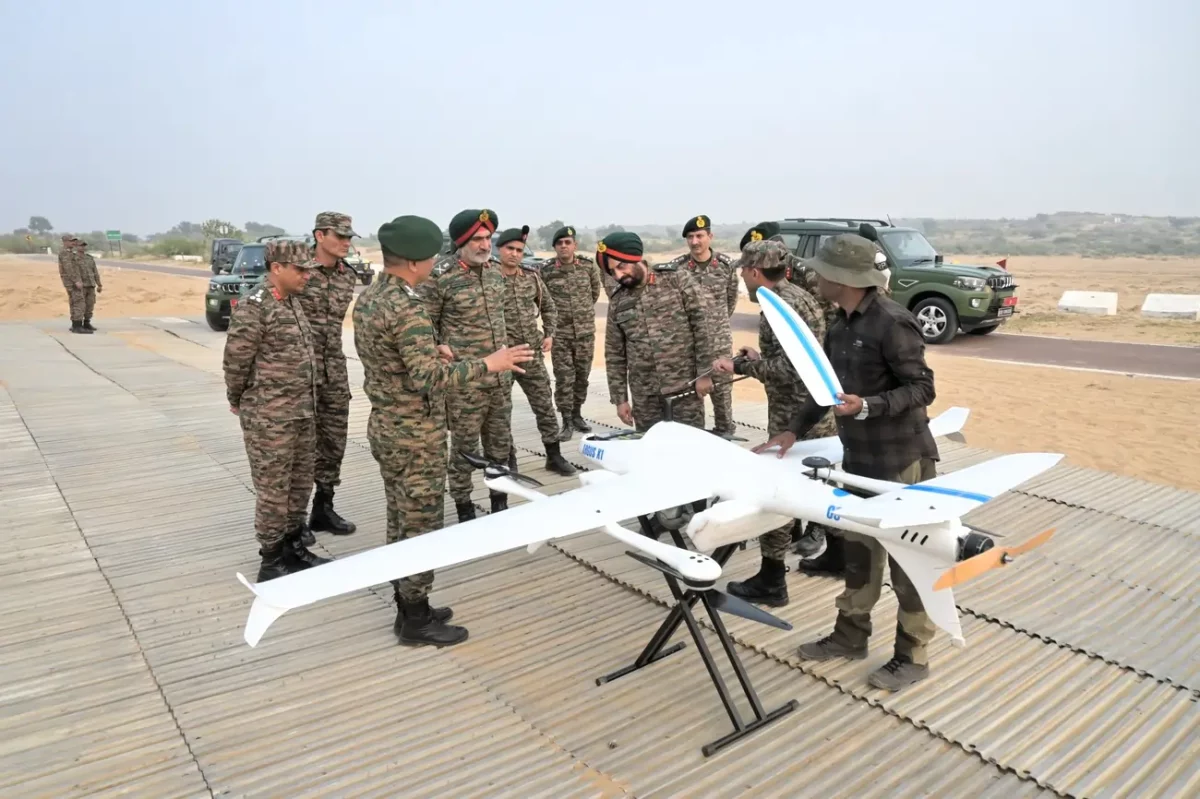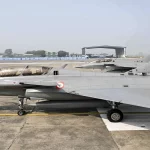The Sapta Shakti Command conducted a large-scale Integrated Fire and Manoeuvre Exercise, codenamed ‘Sentinel Strike’, at the Mahajan Field Firing Ranges in the Thar Desert, Rajasthan. The exercise showcased the Indian Army’s operational capability and readiness to fight and win in a complex multi-domain environment.
Demonstrating Joint Combat Power
The exercise was carried out in an all-arms environment, integrating the efforts of various combat and combat-support arms. It included mission-oriented engagements by modern artillery systems, mechanised manoeuvres, and live firing supported by an extensive counter-drone and Counter-Unmanned Aerial System (CUAS) grid. The aim was to enhance force protection and deliver a decisive blow to potential adversaries through precision, coordination, and technology-enabled warfare.
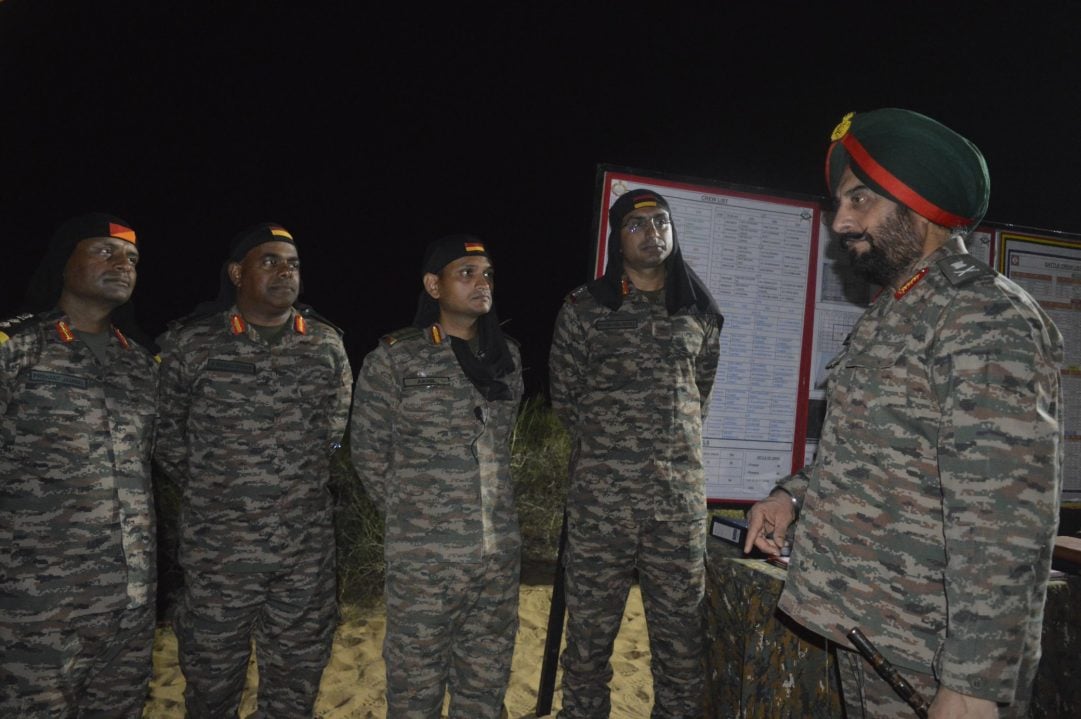
Focus on Indigenous Platforms
Lt Gen Manjinder Singh, Army Commander, Sapta Shakti Command, witnessed the exercise and commended the troops for their synergy and professionalism. He appreciated the effective exploitation of indigenous defence platforms introduced under the Atmanirbhar Bharat initiative, reinforcing India’s growing self-reliance in defence production.
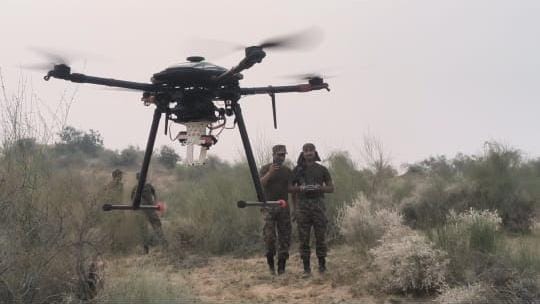
Emphasis on Continuous Evolution
While addressing the participating formations, Lt Gen Singh emphasised the importance of adapting new fighting methodologies and continuously enhancing operational capabilities to stay ahead in the rapidly evolving battlefield landscape. He lauded the participants for maintaining high training standards and urged all ranks to persistently strive toward improved operational effectiveness.
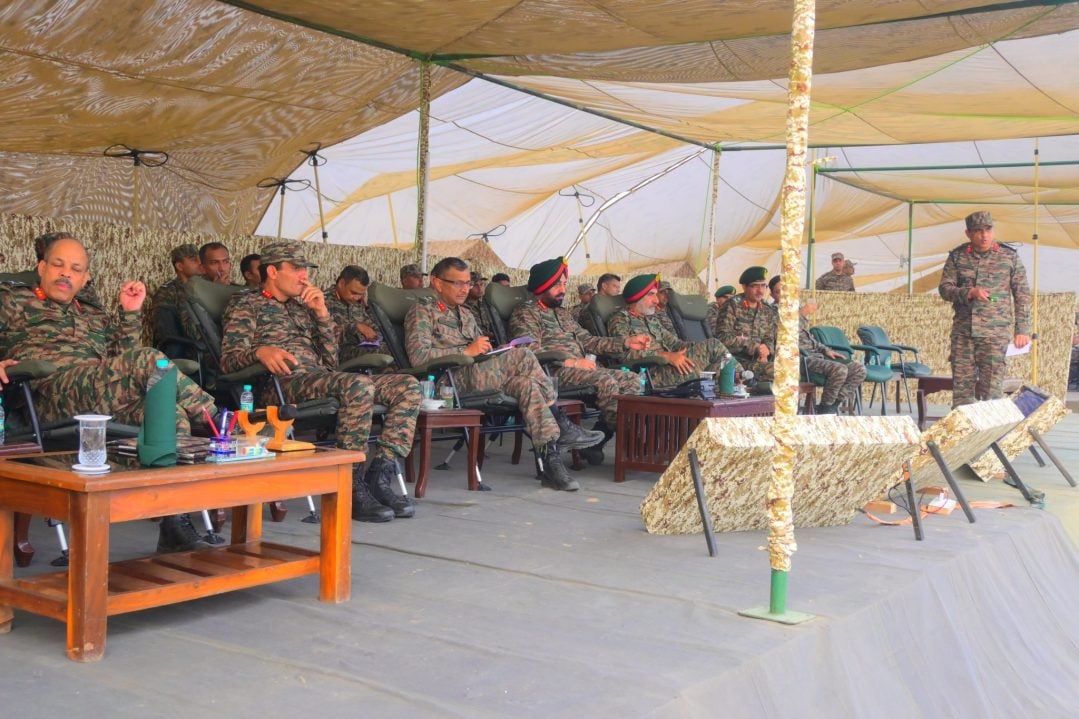
The successful conduct of Exercise Sentinel Strike reaffirms the Indian Army’s preparedness, technological advancement, and joint operational excellence to safeguard national interests across diverse terrains and threat spectrums.

